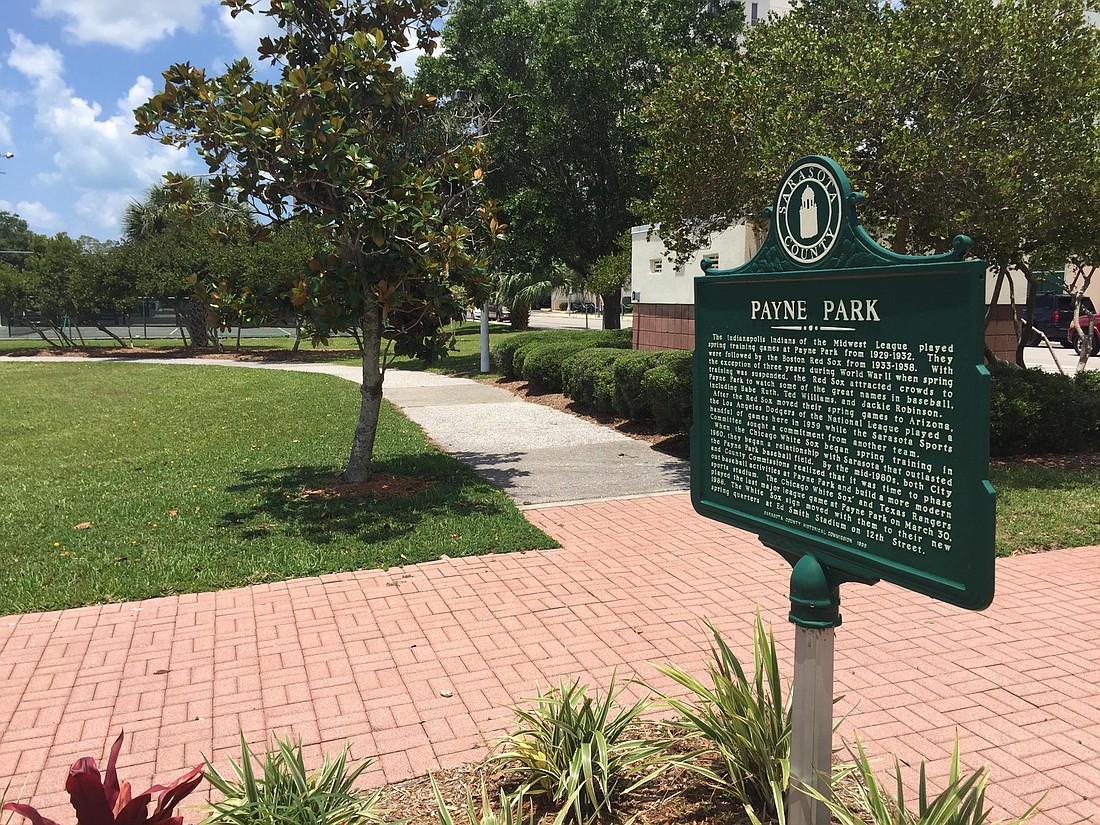- January 14, 2025
-
-
Loading

Loading

If ever there was a time for an elected CEO mayor in the city of Sarasota, this is it.
The city is moving through a turning point that will affect its character and identity over the next 30, 40, 50 years.
It’s almost as if it’s déjà vu — just a slightly different version of the late 1960s, when such forward-thinking commissioners as the late Jack Betz, David Cohen and Gil Waters stepped up as leaders and shaped a vision for the city that helped to create the character and identity of Sarasota for 50 years.
They rallied public support for a bond referendum that funded the Van Wezel Performing Arts Hall, Bayfront Drive and Bayfront Park and the current City Hall — all of them seemingly unique, permanent monuments.
Two generations later, the city is at a similar moment, a time when it feels that it could use the hand of a civic leader or leaders to help create and guide the next-generation vision, a vision of the city’s aspirations for the next 20, 30, 50 years.
In that vein, the Sarasota City Commission’s rejection Monday of the Sarasota Orchestra’s request to develop a new home in Payne Park could be interpreted as a sign. (As an aside, the outcome was predictable. Regardless of the merits of the orchestra’s proposal, whenever anyone proposes to reduce public park space, it’s virtually a lost cause.)
While the presence of the opposition to the orchestra certainly carried sway among commissioners, the commission vote was not just the rejection of the Sarasota Orchestra’s wishes. It also can be viewed as a vote with a larger message: “Wait a minute. There is a bigger context.”
Consider, once again, as we have described previously on this page, the larger picture and the pieces within that picture:
The conservancy’s renderings show a new performing arts hall on the site. But that rendering is just that. That phase of the park may be a decade away. No one really knows whether that will come to fruition.
As is, it appears all of these organizations are pursuing their own goals, separate and apart. But they are all pieces of one pie containing a limited supply of philanthropic dollars. Indeed, if you peruse the contributors of all of Sarasota’s major arts organizations, you’d find many of the same names contributing to multiple organizations. And let’s not forget the major capital campaigns of Selby Gardens, Mote Marine Laboratory or Ringling College’s Sarasota Museum of Modern Art, which are also tapping those financial resources.
It all comes down to money, to which there is a limited supply.
How, then, is the best way to leverage those resources? Should each group pursue its own path, its own brick and mortar and its own location? Or is there an opportunity to consolidate efforts in a way that benefits multiple organizations and the public as well?
That conversation would be worthwhile. If only there were an elected CEO mayor to take the lead. Second to that, surely the board chairs of each of the above organizations could find it worthwhile to explore common ground for the greater vision.